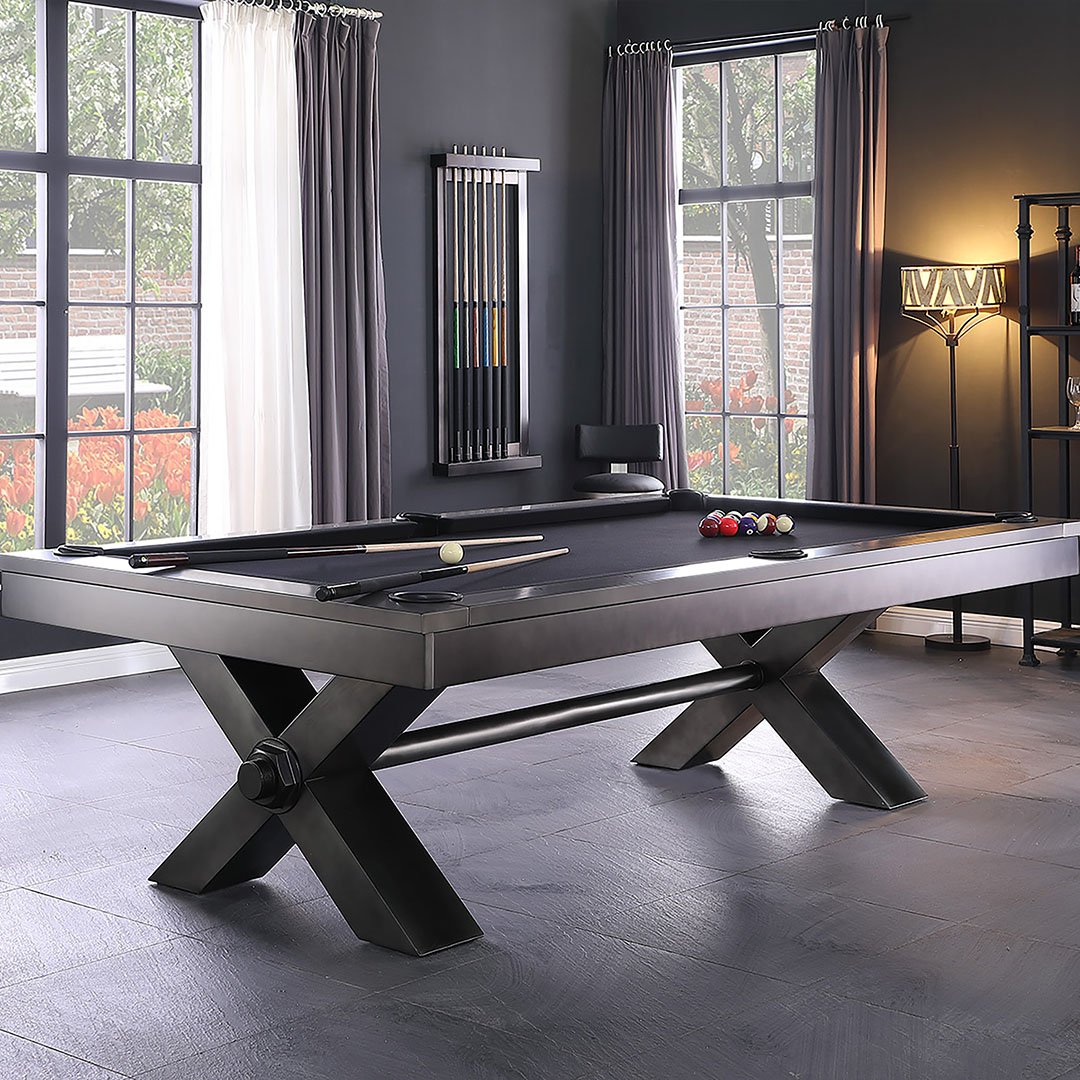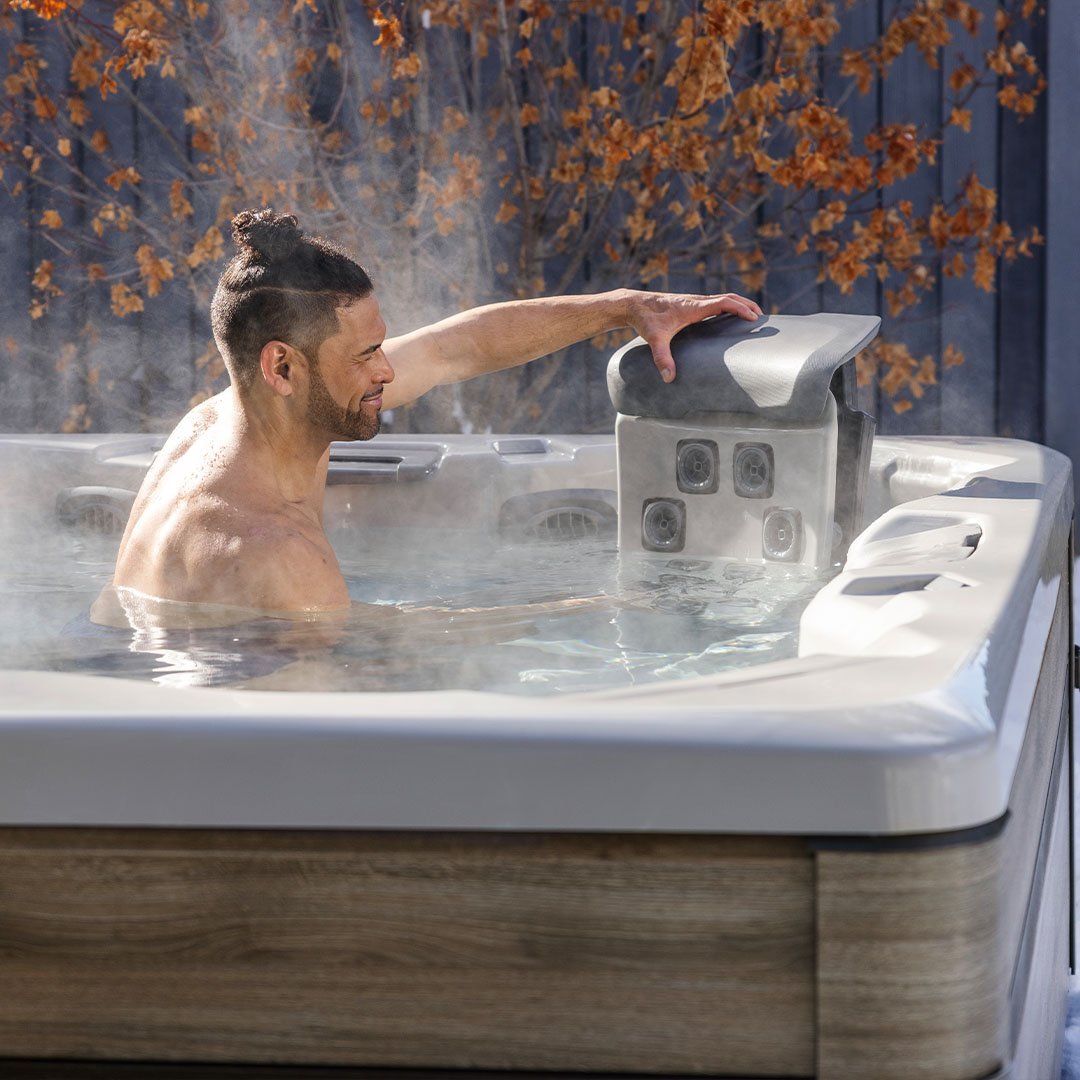How to Close an Above Ground Pool for Winter: A Step-By-Step Guide
As fall gives way to winter, above ground pool owners face the inevitable task of winterizing and closing their pools. The process can be daunting to new and seasoned pool owners alike. Proper winterization not only guards your pool against severe winter weather but also prolongs the lifespan of your pool.
Above Ground Pool Closing & Winterizing
Before the winter months set in, learning how to close an above ground pool is essential. It not only prolongs the longevity of your pool, but it also keeps your swimming pool protected from harsh weather conditions.
Key Reasons to Winterize Your Above Ground Pool
Even though it may seem tedious, properly winterizing your above ground pool is crucial for saving time, money, and effort down the road. When done right, winter pool closing provides several benefits that make reopening a breeze come springtime.
- Prevents damage to the pool wall and liner. Winterizing balances water chemistry and prevents issues like corrosion, scaling, and deterioration over the cold months when the pool is not in use.
- Protects from weather damage. Keeping your pool covered, securing the cover properly with clips, and using air pillows prevent debris from getting into the water and maintain the integrity of the cover against winds and snow load.
- Saves time and money. Although winterizing requires an initial investment, it saves major repairs and extra work needed in spring to get a neglected pool swimmable again. Taking proper closing steps now makes opening your pool faster and easier later.
- Maintains water balance. Using specialty pool chemicals like calcium hardness increasers, alkalinity increases, and pH increasers ensures that the water balance is corrected before closing down the system. This prevents stained surfaces, good conditions for algae growth, and corrosion issues inside equipment.
- Prolong equipment life. Letting machinery sit filled with stagnant water for months often damages parts. Proper winterizing allows filtration systems, pumps, motors, and heaters to hibernate safely over cold months.
While the process takes some time and planning upfront, the payoff of winterizing comes in the spring when opening an intact, pristine pool is quick and simple. Protecting your investment with these crucial steps now prevents headaches down the road.
To learn more about above ground pool closing and winterizing, read our guide.
The Impact of Severe Winter Weather on Pool Health
Severe winter weather can take a toll on your above ground pools. The weight of ice and snow can cause significant harm to your pool cover and even the pool walls. Using an air pillow or a pool pillow can help eliminate this risk by reducing the pressure on the pool walls — it’s like the swimming pool's cushion against the harsh winter!
Failure to maintain the correct calcium hardness and pH levels before the winter might lead to your pool lining becoming brittle and prone to leaks. Experts recommend using a calcium hardness increaser and pH increaser to achieve the right balance before closing the pool.
Prolonging the Lifespan of Your Pool Through Winterization
Prolonging the lifespan of your above ground swimming pool includes a proper pool closing routine. From using the winter cover pump to remove excess water from the pool cover to employing the skimmer winterizing plate and skimmer cover for additional protection, there are some essential steps to follow.
To prolong the lifespan of the filter system, the use of a filter system winter cover is suggested. Also, a winterizing plug and skimmer face plate provide extra protection to the pool pumps and prevent the freeze from causing harm to the system.
How to Winterize an Above Ground Pool
Important prep work must be done before winterizing an above-ground pool for the colder months. This involves clearing debris, assessing water chemistry, making adjustments as needed, shocking the water, and applying specialty chemicals to eliminate microorganisms and prevent future algae growth. With a clean baseline established, you can then advance through key steps for safely lowering water levels, shielding the structure from weather and pests, sealing openings, and securing pool covers. Following this winterization process thoroughly protects your pool so it reopens in peak condition next season.
Steps to Close Your Above Ground Pool
Step 1: Gather Necessary Supplies
You’ll need pool shock, adjusting chemicals like calcium hardness and alkalinity increasers along with pH increaser, algae prevention compounds, a vinyl pool pillow, stainless steel cover clips, skimmer face plates, winterizing plugs, a complete winterizing kit, durable leaf skimming net, winter cover pump system, and a tightly woven winter cover tailored to your pool’s dimensions. Stock up on these vital supplies before beginning winter prep.
Step 2: Lower the Water Level
Methodically drain the water down to 6-12 inches below the return jets and skimmer openings on the pool walls to prevent hazardous ice expansion damage. As you incrementally drain, simultaneously cover the pool with a rugged winter cover, carefully securing it in stages with cover clips to prevent the walls from blowing over or cover tearing. Use a leaf skimming net daily to remove accumulated organic debris so it doesn’t overload the lowered pool over the winter months.
Step 3: Install an Air Pillow
Position a durable vinyl air pillow in the center of the now near-empty pool basin, filling it to a taut but not stretched capacity. Firmly anchor the pillow in place by attaching nylon ropes or braided cables from each corner to hooks screwed into the top pool rails. This properly secured floating cushion absorbs tremendous outward force from ice formation, protecting the pool structure from cracks, pops, and liner gouges over winter.
Step 4: Secure the Winter Cover
When installing the final winter cover, use a tape measure to ensure 1-2 feet of excess material extends beyond the pool’s edges to accommodate stretching over time. Evenly distribute weighted cover clips around the entire perimeter and adjust them to achieve a snug, wrinkle-free fit. This prevents wind from getting underneath or rainwater from pooling. Set up the winter cover pump on the center surface to divert water off the cover from snow melts or storms and discharge safely away from the pool.
Step 5: Ongoing Winter Pool Cover Maintenance
Check the tautness of cover clips and positioning of the air pillow monthly to ensure no loosening or shifting occurs over the cold season months. Remove any accumulated leaf litter using a net to prevent added cover weight load or clogged drainage. Drain all water the cover pump collects after heavy precipitation or seasonal snow melts using the attached discharge hose. Conducting consistent cover checks and clearance keeps winter accessories actively protecting your pool so you can reopen it seamlessly next season.

Methods to Secure the Pool Cover
Properly fastening down your winter cover is critical to keep it securely in place throughout months of wind, snow, and other winter weather. Utilize cover clips, hooks, or anchor bags attached around the pool wall perimeter to firmly affix the cover in a contoured, stretched position across your above-ground pool basin. Cover clips function by sandwiching the cover edge and pool lip together, preventing the cover from detaching and blowing away. Evenly distribute sets of clips every few feet and check to ensure a tight application.
In addition to securing the main cover itself, take steps to protect your pool's skimmer from weather and critters throughout the offseason. Insert a solid skimmer winterizing plate to block the opening rather than just placing the foam float in the mouth. This prevents rainwater from entering and compromising the plumbing or filter system. It also deters pests from nesting inside over winter. Ensure the plate fits snugly in the skimmer cutout and seals off the opening completely.
While the pool closing process may seem complex with draining, cleaning, chemicals, air pillows, cover pumps, and more - having the right supplies makes it achievable for any above-ground pool owner. Carefully going through each preparation step as outlined allows you to thoroughly winterize your backyard oasis and ensure it survives harsh conditions in peak shape. A pool properly closed down ahead of frigid months rewards you with easier spring reopening and saves major time and money compared to repairing weather damage from improper winterization. Just focus on each task, and before you know it, you’ll have your pool secured like a winter pool pro!
Post-Closing Care and Maintenance Tips
Now that you've learned how to close an above ground pool for winter, there are additional steps you need to take to ensure your swimming pool stays safe and damage-free during the winter months.
Regularly Inspecting the Pool Cover
A pool cover, especially a winter cover, plays an essential role in keeping your pool safe during harsh weather conditions. It's highly recommended that you regularly inspect your pool cover to avoid unnecessary costs and to preserve the lifespan of the cover.
Use a soft skimmer net or leaf rake to remove any large debris. If major damage occurs, consider purchasing a new winter cover for ground pools at your closest pool factory. This purchase might entail an additional cost, but it will prevent damage to the pool's vinyl liner and ensure a smooth pool opening come swim season.
Don't let your pool go uncovered; secure your pool cover using cover clips along the pool wall. For additional support, place an air pillow under your pool cover. These pool pillows lessen the impact of freezing and thawing on your pool and its cover.
Managing Snow and Ice Accumulation
A major concern with ground swimming pools during winter is snow and ice accumulation on the pool cover. Pool factory experts emphasize the importance of clearing excess snow and ice from your pool cover.
Keeping certain pool chemicals on hand during winter provides added protection. Having pool shock treatment available allows you to periodically shock the pool water through the winter months when the pool is closed. Treating the standing water with shock helps prevent algae growth and keeps the water cleaner.
Also, test and maintain proper levels of calcium hardness, PH, and alkalinity in your closed pool when possible. Use a calcium hardness increaser and alkalinity increaser as needed to keep levels in the ideal range. Keeping your water chemistry balanced throughout the winter will help avoid scale buildup, erosion of surfaces, staining issues, and other water quality problems when reopening next season.
To prevent damage due to ice expansion, install a skimmer plate and skimmer cover on your wall skimmer and use a return fitting with a winterizing plug. This ensures that your pool pumps and filter system will not freeze during winter.
Properly Storing Pool Equipment and Accessories in Winter
As temperatures drop, properly storing your pool accessories and cleaning equipment is crucial to ease maintenance when temperatures rise again.
Start by thoroughly cleaning all gear – skimmers, leaf nets, vacuum heads, poles, brushes, and any other accessories used during the swim season. Allow everything to dry completely before organizing accessories directly by function and frequency of use. Store oft-used items such as leaf skimmers and pool testing kits in easily accessible bins stacked closest to the pool. Position pool vacuum parts, niche cleaning supplies, and seasonal inflatables further back in waterproof storage containers.
Safely store chemicals in a dry, locked area protected from temperature fluctuations that could degrade ingredients over time. Ensure chemical containers remain properly sealed and labeled for easy identification next season.
Disassemble pool vacuum heads and store the various removable parts in separate bags to prevent losing small items. Roll up vacuum hoses and lines tightly to conserve space.
For canopy frames, waterslides, and above-ground pool ladders, use protectant spray to maintain integrity throughout changing weather and drip-dry thoroughly before covering with water-resistant sheeting and storing atop pallets to avoid direct ground contact over winter.
Inspect all stored equipment at least monthly for signs of corrosion, cracks, debris accumulation, or water ingress. Tend regularly to items in storage to simplify preparations for next year when warm weather returns. Investing a small amount of time consistently caring for pool accessories while not in use saves ample hassle when opening the pool after winter.
You'll Find Everything You Need at Watson's
At Watson's Pools and Spas, we have everything you need to close your above ground pool for winter. With the right supplies from Watson's, you can have confidence that your above ground pool will be pristine come next spring! Contact us today or stop by one of our locations to get started! We have above ground pools to fit every backyard size.
Frequently Asked Questions
How far down do you drain your above ground pool for winter?
You should drain your above ground pool down to below the return jets or inlets and skimmer openings before winterizing, typically 3-4 feet from the top.
What do you put in above ground pool to close it for the winter?
To close an above ground pool properly for winter, you need to use a cover pump, water bags weighted with sand or rocks to hold down the cover, a quality winter cover, mesh netting or leaf bags to catch debris, skimmer plugs, inlet plugs, and appropriate chemicals like antifreeze and algaecide.
Can you leave an above ground pool uncovered for the winter?
It is not recommended to leave an above ground pool uncovered over the winter months due to damage that can occur from excess exposure to wind, shifting ice expansion, heavy snow load, UV damage, animals getting in, debris accumulation, and water collecting that freezes and cracks surfaces.










